What is an IP Rating? How to Choose Between IP65, IP67 & IP68 for Your Gear
A No-Nonsense Guide to Dustproofing and Waterproofing Your Automotive & Marine Electronics
You’re browsing for a new rocker switch, a connector, or an LED light. You see the specs: "IP67 Rated." You know it means it's tough and weather-resistant, but what does it actually mean? Can you hit it with a pressure washer? Submerge it in a river crossing? Is paying more for IP68 worth it, or is IP65 enough?
This isn't just marketing jargon. The IP (Ingress Protection) rating is a globally recognized standard that defines exactly how well a component is sealed against dust and moisture.
Understanding this simple code is the key to choosing equipment that won't fail you when the conditions get rough. This guide will decode the numbers so you can select the right gear for your specific needs, protecting your investment and ensuring reliability.
 What Do the IP Rating Numbers Mean?
What Do the IP Rating Numbers Mean?
The IP rating is always followed by two numbers (e.g., IP67). Each digit has a very specific meaning.
- First Digit (Solids): Rates the protection against solid objects, from fingers to fine dust. The scale goes from 0 (no protection) to 6 (completely dust-tight). For any serious automotive or marine application, you should only consider a "6".
- Second Digit (Liquids): Rates the protection against moisture, from drips to high-pressure jets and full submersion. This is where the major differences lie.
IP65 vs. IP67 vs. IP68: A Head-to-Head Comparison
Since we're assuming any quality component will have a "6" for dust protection, the real choice comes down to the second digit: the water protection level.
IP65: Protection Against Water Jets
- What it means: The component is protected against low-pressure jets of water from any direction.
- Real-World Scenario: This is your baseline for exterior-mounted gear. It can easily handle heavy rain, road spray, and being washed down with a garden hose. It is not designed to be submerged.
- Best for: Components mounted in the engine bay, on exterior body panels, or in a boat's cockpit where they will get rained on and hosed down, but are unlikely to go underwater.
IP67: Protection Against Temporary Immersion
- What it means: The component can be fully submerged in water up to 1 meter deep for 30 minutes without leaking.
- Real-World Scenario: This is the gold standard for most off-road and marine applications. It can handle anything IP65 can, plus accidental submersion—like dropping a handheld device in the water, or a connector on your axle going through a deep puddle or river crossing.
- Best for: Critical connectors, switches, and lights mounted on bumpers, undercarriages, boat transoms, or any area that could realistically, even briefly, go underwater.
IP68: Protection Against Continuous Immersion
- What it means: The component is sealed for continuous submersion in water deeper than 1 meter. The exact depth and duration are defined by the manufacturer.
- Real-World Scenario: This is for gear that lives underwater. Think of underwater boat lights, bilge pumps, or sensors mounted permanently inside a water tank.
- Best for: Specialized applications where the component is expected to operate while submerged for long periods. For most automotive and general marine use, it can be overkill.

How to Choose the Right IP Rating for Your Application
Don't just buy the highest number. Match the rating to the environment to get the best value and performance.
- Inside the Cab (Away from Doors/Windows): IP ratings are not a major concern here unless you're building an open-top vehicle.
- Engine Bay: IP65 is a good minimum. It protects against splashes and engine washing.
- Exterior Body Panels / Grille: IP67 is strongly recommended. These parts see rain, pressure washing, and heavy road spray.
- Undercarriage / Bumpers / Wheel Wells: IP67 is mandatory. These components are likely to be temporarily submerged in water, mud, and snow.
- Marine Cockpit / Deck: IP67 is the standard. This handles rain, sea spray, and washdowns, plus the safety margin for waves or dropped items.
- Bilge / Transom (Below Waterline) / Underwater Lighting: IP68 is required. No exceptions.

Why You Shouldn't Always Buy the Highest IP Rating?
While it might seem like IP68 is always the "best," it often comes with a higher price tag. A well-designed IP67-rated component from a reputable manufacturer is more than capable of handling the harshest off-road and marine conditions that don't involve permanent submersion.
The goal is to choose the appropriate level of protection. For 95% of vehicle and boat wiring projects, IP67 offers the perfect balance of rugged performance and value.

Conclusion: Choose Wisely, Build to Last
The IP rating is your best tool for predicting how a component will survive in the real world. By understanding the difference between protection from a water jet (IP65) and full submersion (IP67/IP68), you can build an electrical system that is not only powerful but incredibly durable.
Ready to build a system that can withstand the elements? Shop our curated collection of IP67-rated switches, connectors, and accessories.


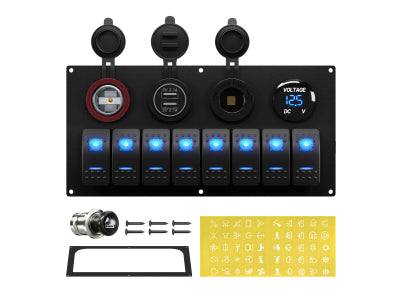
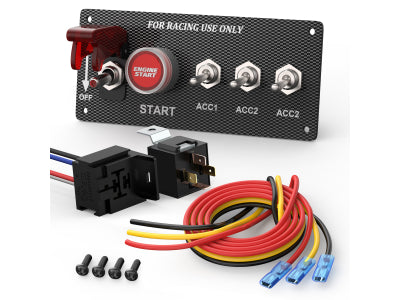
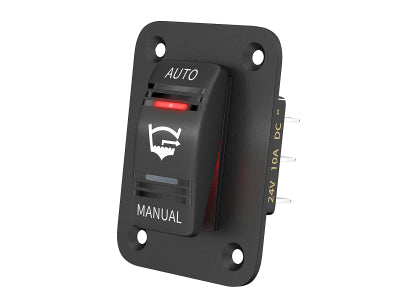
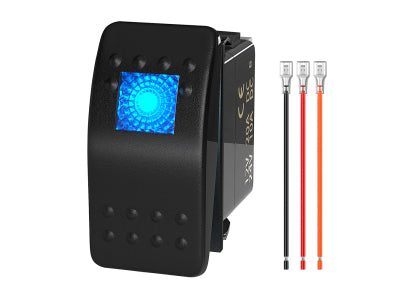
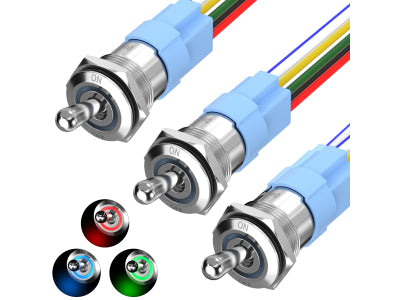
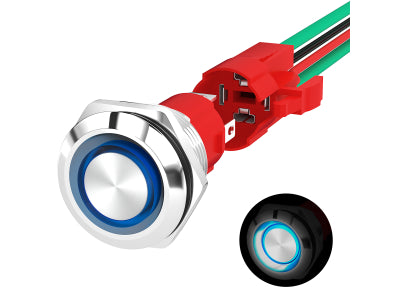
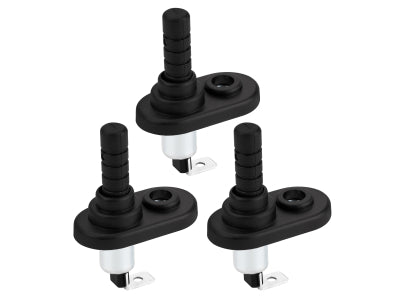
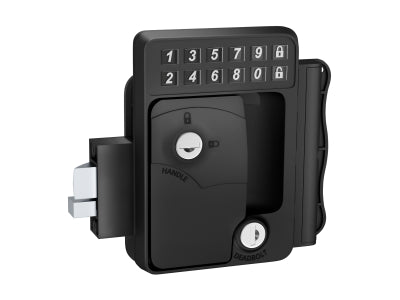
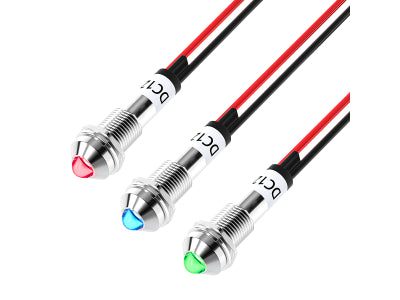
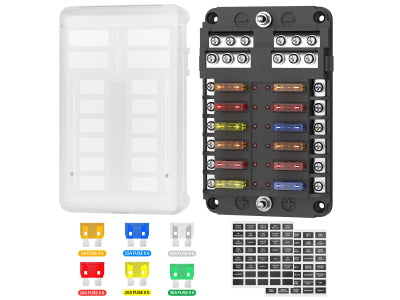
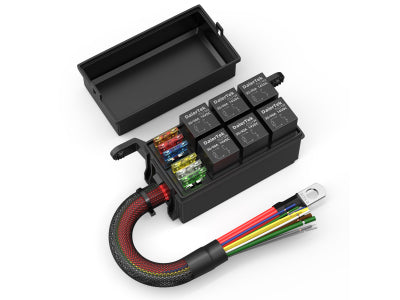
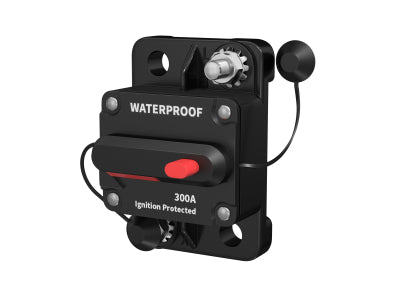
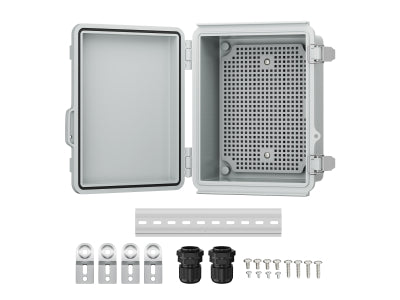
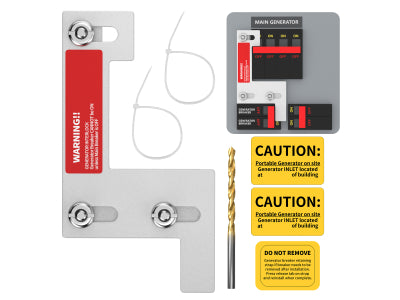
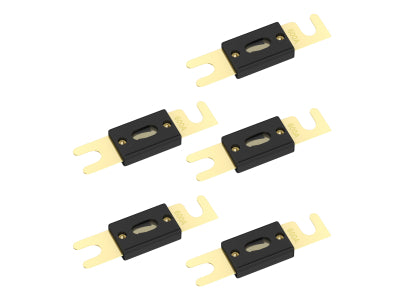
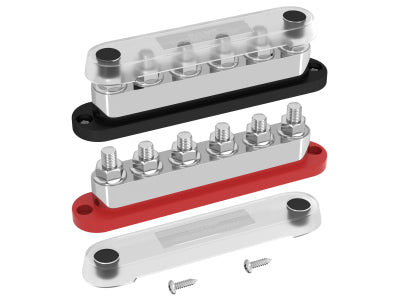
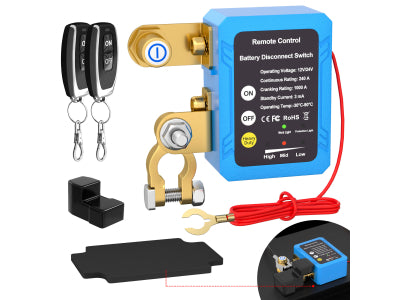
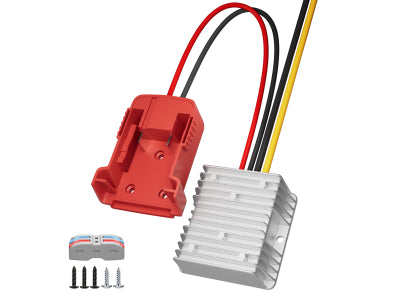
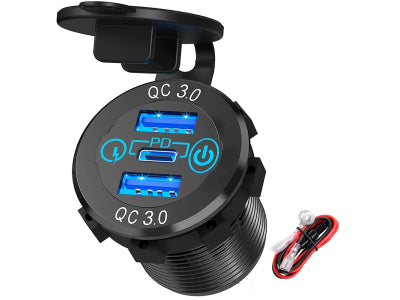
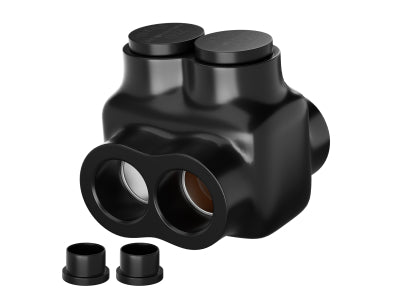
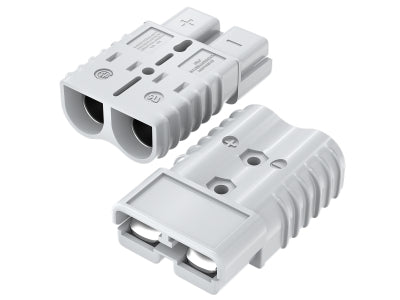
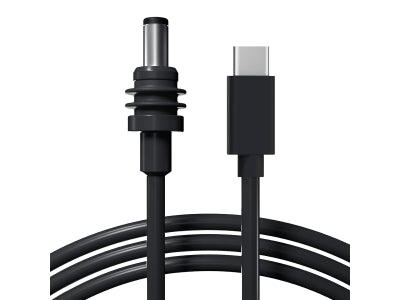
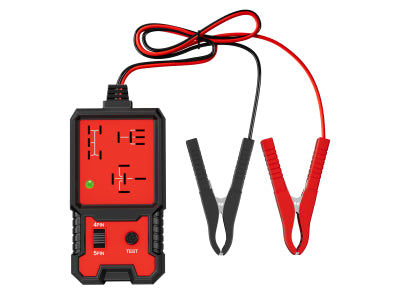
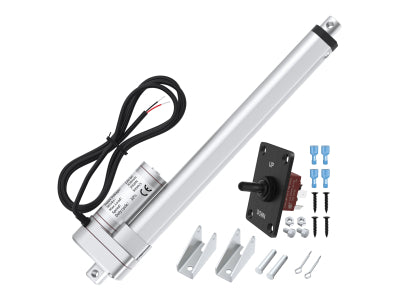
Laissez un commentaire